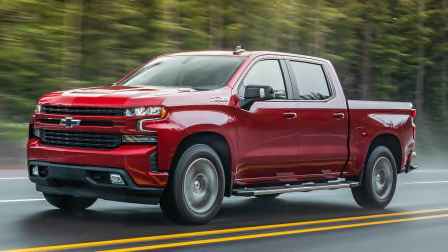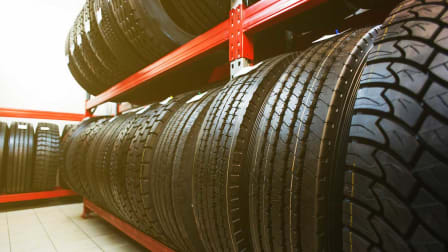A tire pressure warning light on a chilly morning doesn’t necessarily indicate a puncture, just that your tires are running low pressure and that you need to top them off as soon as possible. Colder temperatures will cause tire pressure to drop about 1 pound per square inch for every 10° F drop in air temperature.
If you don’t fill up at home, the warning light may turn off after driving a few miles because of heat building up in the tires. Whether it goes off or not, your tire pressure needs to be checked with a gauge and topped off. This is a simple DIY chore, or you can ask a mechanic to have a look. (See our tire pressure gauge buying guide.)
Even if your vehicle is equipped with a tire pressure monitoring system (TPMS), our recommendation is to use a gauge to check the pressure in all of your tires, including the spare, at least once per month, no matter what the weather is like. And be prepared to tend to this important chore as the weather cools.
TPMS is a real boon to safety and convenience, but it is not meant as a maintenance tool. The TPMS uses a dashboard light to let you know when one or more tires is significantly low on air—meaning the pressure is far lower than what is recommended and could impact safety and tire wear. When you top off the air, most cars need to be driven for a mile or so before the warning light or message will disappear.
The technology has been required on all new cars since September 2007. As a general rule, check the pressure monthly. Don’t wait for the low tire pressure light to come on.

































